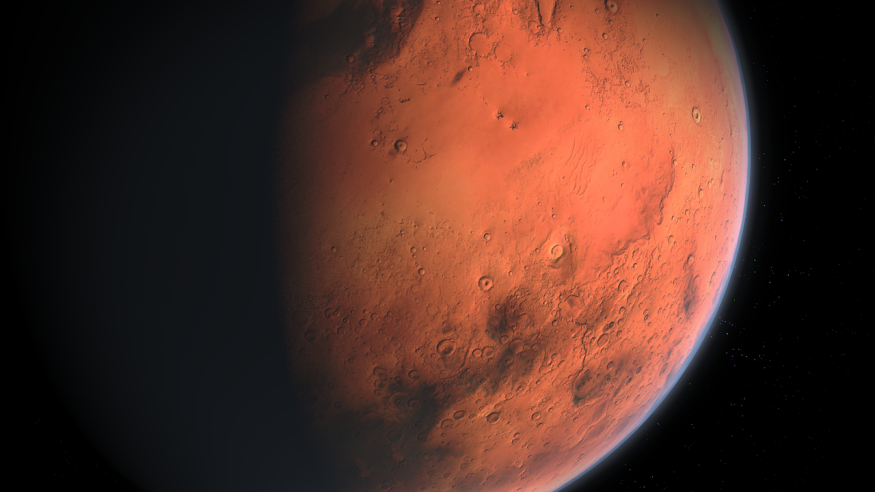Recently, scientists have suggested that a ninth planet could exist in the Solar System near the Sun. But it seems that the Solar System has more surprises in store because astronomers have discovered another planet that is as big as Mars.
The recent review paper in the Annual Review of Astronomy and Astrophysics compiled some evidence of another planet lurking somewhere in the third zone of the Solar System also known as the trans-Neptunian zone. If these claims are proven, it could mean that the rumored Planet 9 may not be alone.

Solar System's Third Zone
According to Interesting Engineering, the paper takes a look at the data from the Solar system's third zone, which suggests that there might be a Mars-sized planet lurking beyond Neptune.
Modern astronomy recognizes eight planets in the Solar System after Pluto was demoted to a dwarf planet in the Kuiper Belt. But these planets are not the ones that ever existed in the Solar System, they are the only ones that survived.
All known planets in the Solar System are divided into three types. The first one is the four rocky inner planets, which are Mercury, Venus, Earth, and Mars. The second type is the outer Solar System where gas giants Jupiter, Saturn, Uranus, and Neptune are found.
Meanwhile, the third zone lies beyond the space where the eight planets are located. This area is also called the trans-Neptunian zone where Trans-Neptunian Objects (TNO) are found, specifically in the Kuiper Belt. It is also the realm of dwarf planets Pluto, Sedna, and Eris.
Moreover, Futurism reported that the trans-Neptunian zone could hold the key to the origins of the Solar System. This zone is also said to be divided into three larger fields: the Kuiper Belt, Oort cloud, and the scattered disk.
Possible Mars-Sized Twin Detected Beyond Neptune is Not Planet 9
Scientists used computer simulations to see if special conditions when the Solar System was still young might have resulted in its present conditions. Some models suggested that the Solar System might have an extra planet roughly the size of Earth or Mars in a baffling position because it was nudged off in a far-orbit and away from the entire neighborhood.
"I agree that it is likely that a Mars planet was there initially," Planetary Scientist David Nesvorny of the Southwest Research Institute told Inverse. "[B]ut the question is whether it has survived and if we have any evidence for it."
Astrophysicist Scott Tremaine from the Institute for Advanced Study added that 50% of their simulations of star systems like ours would reveal Mars-sized planets floating in the outer solar system that were ejected into the interstellar space. Meanwhile, the other 50% reveal that at least one rogue planet was left in an orbit similar to the detached Kuiper Belt in the trans-Neptunian zone.
If these computer simulations showing that a novel rogue planet exists are proven, this will not be Planet 9, which is suspected to be larger by some scientists and exists farther in space. But this could mean that Planet 9 is not alone. The only way to prove the existence of the Mars-sized rogue planet will be to find it.
Check out more news and information on Space on Science Times.












